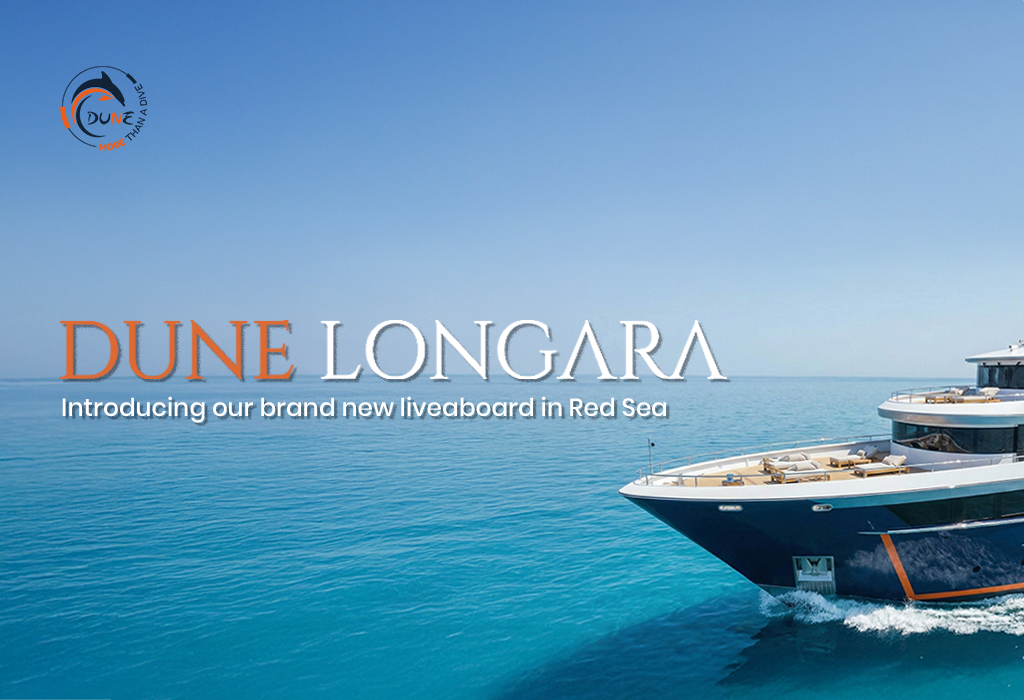
With its multicoloured coral reefs, balmy temperatures, and year-round diveable conditions, the Red Sea has long been celebrated as a diver’s paradise. Beyond its natural beauty, however, lies one of the most historically important and emotionally charged diving sites in the world: the SS Thistlegorm. This British World War II cargo ship, located off the coast of Egypt’s Sinai Peninsula, has fascinated divers for decades not just because of the abundance of aquatic life around it but also because of the frighteningly well-preserved artefacts still buried inside its cargo holds.
Aboard a Red Sea liveaboard, there is no better way to experience this fabled underwater journey for those contemplating it. Unlike day excursions that allow hurried visits, a liveaboard offers the luxury of leisure, access to early morning dives before the site becomes crowded, and the chance to explore every inch of this underwater piece of history without compromise. But first, let’s discover the narrative of the SS Thistlegorm, what qualifies it as a bucket-list-worthy location, and how a liveaboard enhances the whole experience to something memorable before plunging into the depths.
Dive Into History: What You’ll Uncover Beneath the Waves
- A Living Time Capsule: Explore the SS Thistlegorm’s well-preserved cargo—motorcycles, trucks, and rifles—trapped in time since WWII.
- Why Liveaboard is the Ultimate Choice: Enjoy exclusive, relaxed dives with minimal crowds and multiple opportunities to explore the wreck.
- Who Should Dive: Learn about the experience level required and safety tips for diving the SS Thistlegorm, including nitrox certification and deep dive expertise.
- Marine Life Wonders: Discover the vibrant marine ecosystem surrounding the wreck, including lionfish, turtles, and soft coral growth.
- Wreck Etiquette: Understand the importance of preserving this war grave and heritage site, ensuring future generations can experience it.
The Story Beneath the Surface
Built in Sunderland, England, in 1940 by Joseph Thompson & Sons for the Albyn Line, the SS Thistlegorm At World military II’s peak, the ship was charged with carrying essential military supplies to North African stationed British forces. Loaded with a range of cargo—military vehicles, motorbikes, guns, aircraft parts, boots, medical supplies, and even locomotives—the Thistlegorm made her last trip in June 1941. Though the ship never arrived, she was headed for Alexandria, Egypt.
German bombers hunting for Allied ships found the Thistlegorm on the night of October 6, 1941, while securely moored in the Straits of Gubal in the Gulf of Suez. Two bombs hit the ship, setting off the munitions load and creating a catastrophic explosion that split the vessel in half. Nine crew members perished. Sinking fast and softly, the wreck lay on the sandy bottom where it stayed unreported for more than ten years.
The Thistlegorm re-entered public consciousness not until Jacques Cousteau found the wreck in the 1950s. The precise site, however, was forgotten once more until the 1990s because of scant records then; local dive operators and recreational divers found it once more. Since then, it has grown to be among the most respected and frequented wreck dives worldwide.
A Living Museum Beneath the Waves

What sets the SS Thistlegorm apart from other wreck dives is the sheer wealth of preserved cargo that remains inside. Swimming through her holds is like stepping into a time capsule. Divers are often struck by the eerie juxtaposition of silence and stillness within the ship, contrasted by the lively reef that now envelops it.
Inside the cargo holds, one can find BSA motorcycles still strapped into their wooden crates, Bedford trucks lined up in formation, and stacks of rifles and spare airplane wings. There are boots still tied together in pairs, gas masks lying forgotten on the floor, and stacks of spare tires scattered about like ghostly reminders of a world at war. Just outside the ship, two large steam locomotives rest on the seabed, thrown clear of the deck during the explosion.
While the relics are extraordinary, it’s the overall atmosphere of the dive that leaves the deepest impression. Many divers describe a feeling of reverence as they glide through the vessel, knowing they are visiting the final resting place of a wartime crew.
Why Choose a Liveaboard to Visit the Thistlegorm?
While it’s technically possible to visit the SS Thistlegorm on a day trip from Sharm El Sheikh or Hurghada, doing so often means a pre-dawn wake-up call and a long, bumpy ride across the Red Sea. Divers arriving this way typically only get to explore the wreck for a short window—often during the busiest hours of the day when the site is teeming with other divers.
By contrast, a Red Sea liveaboard offers a completely different level of access and comfort. These floating dive resorts anchor near the wreck overnight, giving guests the chance to dive early in the morning, late in the afternoon, or even at night. These quiet windows are when the wreck is at its most magical—sunlight filtering softly through the holds, marine life emerging from crevices, and the peacefulness of being one of the few people in the water.
Additionally, liveaboards allow for multiple dives on the wreck over several days. This is critical for a site as complex as the Thistlegorm. On a single dive, it’s impossible to take in everything—from the ship’s massive stern with its mounted anti-aircraft guns to the interior holds filled with cargo. With the extended access that liveaboards offer, divers can take their time, safely explore different sections, and even revisit their favorite parts of the wreck.
Who Can Dive the SS Thistlegorm?
Due to the depth of the wreck—its deck lies at around 28 meters (92 feet), with the seabed at roughly 30 meters (100 feet)—the SS Thistlegorm is best suited for advanced open water divers or those with deep diving certifications. Penetrating the wreck adds another layer of complexity, making wreck diving experience highly recommended.
Currents can vary, sometimes quite strong, especially when descending or ascending along the mooring lines. A surface marker buoy (SMB) is often required for safe ascents, and divers are strongly advised to carry torches for interior exploration. Nitrox certification is also a huge plus, as it allows longer bottom times and increased safety during repetitive dives, which are common on liveaboard itineraries.
The Marine Life Bonus
While the historical significance of the wreck is justification enough to dive it, the SS Thistlegorm also fosters an unexpectedly active marine ecology. Coral growth has spread around the hull over the years; soft corals adorn metal beams and hard corals grow from the decks. While anthias and fusiliers dance about the bow, giant trevally and snapper usually guard the outside.
Among the cargo inside the holds, you may discover lionfish, glassfish, or rare moray eel. Blue-spotted stingrays and goatfish frequent the sandy regions surrounding the wreck; if you’re lucky, you may even see a hawksbill turtle slowly swimming by. An amazing dive experience is created by the juxtaposition between vibrant marine life and rusted war artefacts.
Preserving the Wreck for Future Generations
Considering that the SS Thistlegorm is a war grave and part of a world heritage site and dive site helps one appreciate it. Its preservation raises even more questions considering the thousands of divers who visit the wreck every year. Touching or removing artefacts, stirring up silt, or attaching boats straight to the wreck might cause irreversible harm.
Many dive guides and liveaboards now provide briefings on wreck etiquette before each dive. These briefings stress the need of neutral buoyancy, cautious navigation, and leaving the spot precisely as it was found. Diving is a major responsibility for us as guardians of the underwater world in making sure the Thistlegorm stays preserved for future generations.
Dive into History with a Red Sea Liveaboard
Diving the SS Thistlegorm is more than just a checkmark on a scuba diving bucket list—it’s a journey through time, a respectful tribute to the past, and an exploration of the ocean’s power to preserve and transform. The wreck’s combination of historical significance, visual impact, and biological richness makes it a dive like no other in the world.Experiencing it through a Red Sea liveaboard diving trip with DUNE Liveaboard brings comfort, expert guidance, and exclusive early access. And if this adventure sparks your wanderlust, DUNE also offers unforgettable journeys aboard their Raja Ampat liveaboard, Banda Sea liveaboard, and Maldives liveaboard—each offering unique underwater treasures waiting to be discovered.





